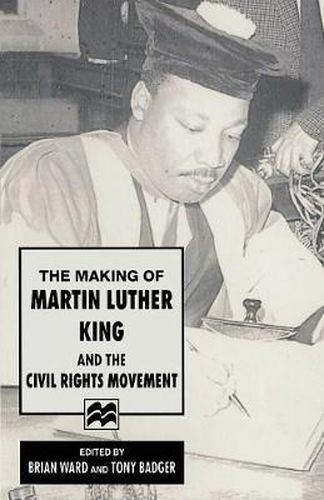Readings Newsletter
Become a Readings Member to make your shopping experience even easier.
Sign in or sign up for free!
You’re not far away from qualifying for FREE standard shipping within Australia
You’ve qualified for FREE standard shipping within Australia
The cart is loading…






This title is printed to order. This book may have been self-published. If so, we cannot guarantee the quality of the content. In the main most books will have gone through the editing process however some may not. We therefore suggest that you be aware of this before ordering this book. If in doubt check either the author or publisher’s details as we are unable to accept any returns unless they are faulty. Please contact us if you have any questions.
Leading scholars reassess the origins and trajectory of the American civil rights movement. Essays highlight the importance of black activism in the 1930s and 1940s and show how white liberals misunderstood the movement. Comparisons with Britain and South Africa reveal how movement leaders secured sympathetic responses at home and abroad and how nonviolence characterised the movement. The essays also challenge traditional concepts of ‘race’ and ‘racial equality’, consider the impact of the struggle on participants and trace black political thought since the 1960s.
$9.00 standard shipping within Australia
FREE standard shipping within Australia for orders over $100.00
Express & International shipping calculated at checkout
This title is printed to order. This book may have been self-published. If so, we cannot guarantee the quality of the content. In the main most books will have gone through the editing process however some may not. We therefore suggest that you be aware of this before ordering this book. If in doubt check either the author or publisher’s details as we are unable to accept any returns unless they are faulty. Please contact us if you have any questions.
Leading scholars reassess the origins and trajectory of the American civil rights movement. Essays highlight the importance of black activism in the 1930s and 1940s and show how white liberals misunderstood the movement. Comparisons with Britain and South Africa reveal how movement leaders secured sympathetic responses at home and abroad and how nonviolence characterised the movement. The essays also challenge traditional concepts of ‘race’ and ‘racial equality’, consider the impact of the struggle on participants and trace black political thought since the 1960s.